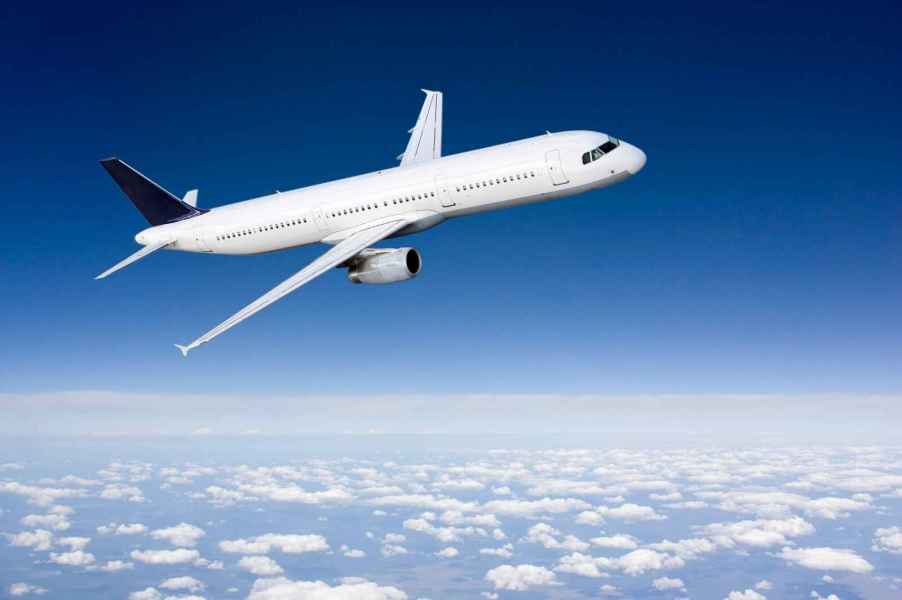
Ever wondered why most airplanes are painted white? It’s not just a random choice; there are several practical reasons behind it.
First off, white paint reflects sunlight, which helps keep the aircraft cooler. When a plane is parked on the tarmac under the blazing sun, this reflective quality prevents the interior from heating up too much. The white color actually makes it more comfortable for passengers and crew when they board.
Another reason for the color is that white paint weighs less. The weight of paint can add up, especially when you’re covering something as big as an airplane. Menkor Aviation, a private jet charter company, says that a Boeing 737 requires 240 liters of paint, and an Airbus A380 needs 3,600 liters. Lighter paint means better fuel efficiency and lower operating costs for airlines.
Additionally, white paint doesn’t fade as quickly as darker colors. Airplanes spend a lot of time at high altitudes where they’re exposed to strong ultraviolet rays. White paint holds up better under these conditions, meaning the aircraft looks newer for longer and doesn’t require frequent repainting.

White also makes it easier to spot any damage or corrosion on the aircraft’s surface. Cracks, oil leaks, and other issues stand out more clearly against a white background, allowing for quicker maintenance and ensuring safety.
Speaking of safety, Menkor Aircraft also pointed out that birds can see white planes more easily than darker colors. Birdstrike is a concerning risk in flight. Apparently, the contrast between the sky and the white plane lowers the prevalence of birds mistaking the plane for clear space.
So, airplanes aren’t painted white “just because.” There’s true science behind the color.



